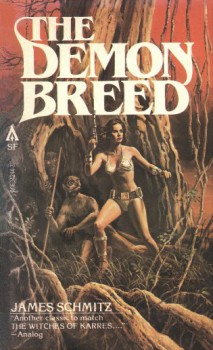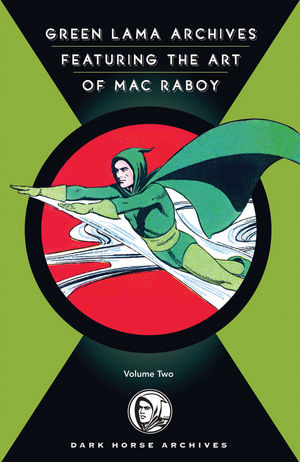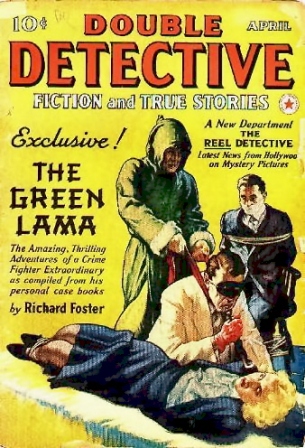2011 Hugo Award Nominations Announced
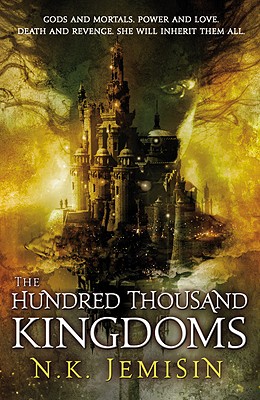 The nominees for the 2011 Hugo and Campbell awards for best science fiction and fantasy of the year have been announced. The nominees for best novel are:
The nominees for the 2011 Hugo and Campbell awards for best science fiction and fantasy of the year have been announced. The nominees for best novel are:
- Cryoburn, Lois McMaster Bujold (Baen)
- Feed, Mira Grant (Orbit)
- The Hundred Thousand Kingdoms, N.K. Jemisin (Orbit)
- The Dervish House, Ian McDonald (Pyr; Gollancz)
- Blackout/All Clear, Connie Willis (Spectra)
I was particularly pleased to see The Hundred Thousand Kingdoms on the list. I heard N.K. Jemisin read at Wiscon last year, and was extremely impressed. She’s one of the best new fantasy writers we have, and no mistake.
The nominees for Best Semiprozine were Clarkesworld, Interzone, Lightspeed, Locus, and Weird Tales — deserving titles, all. It was also a great year for Asimov’s Science Fiction, which had no less than five nominations in the short fiction categories:
- “The Sultan of the Clouds,” Geoffrey A. Landis (Asimov’s 9/10) – Best Novella
- “The Jaguar House, in Shadow,” Aliette de Bodard (Asimov’s 7/10) – Best Novelette
- “Plus or Minus,” James Patrick Kelly (Asimov’s 12/10) – Best Novelette
- “The Emperor of Mars,” Allen M. Steele (Asimov’s 6/10) – Best Novelette
- “For Want of a Nail,” Mary Robinette Kowal (Asimov’s 12/10) – Best Short Story
As well as a nod to editor Sheila Williams as Best Professional Editor (Short Form). Special congratulations to Pyr editor Lou Anders on his nomination for Best Professional Editor Long Form (go Lou!), and to Black Gate contributor Steven H Silver, on his ninth nomination for Best Fan Writer.
And of course, special commendation to Hugo voters for nominating “F**k Me, Ray Bradbury” in the Best Dramatic Presentation – Short. You folks are classy.
The winners will be announced at the World Science Fiction convention in Reno, Nevada, on August 20, 2011. You can find the complete list of nominees at Locus Online. Congratulations to all the nominees! Except maybe “F**k Me, Ray Bradbury.”
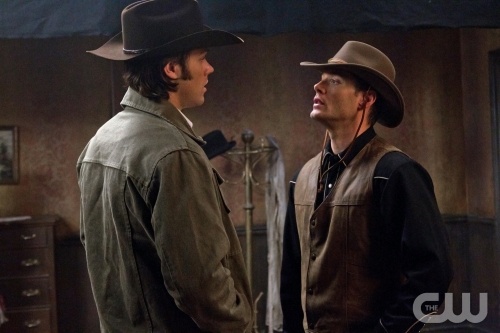
 Here’s Part Two of my interview with writer, critic, and editor
Here’s Part Two of my interview with writer, critic, and editor 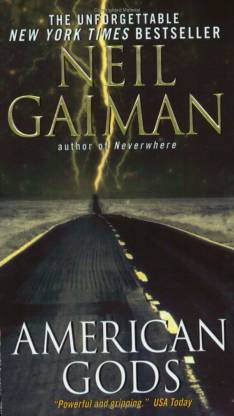
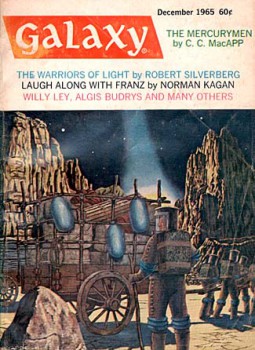
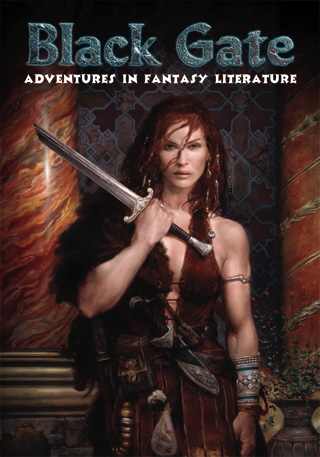 Black Gate 15 arrives from the printer this week, and subscriber copies will begin shipping out April 30th.
Black Gate 15 arrives from the printer this week, and subscriber copies will begin shipping out April 30th. The 19th online issue — and 26th issue overall – of one of the genre’s leading publications, Subterranean Magazine, is now available (at least in part).
The 19th online issue — and 26th issue overall – of one of the genre’s leading publications, Subterranean Magazine, is now available (at least in part).
